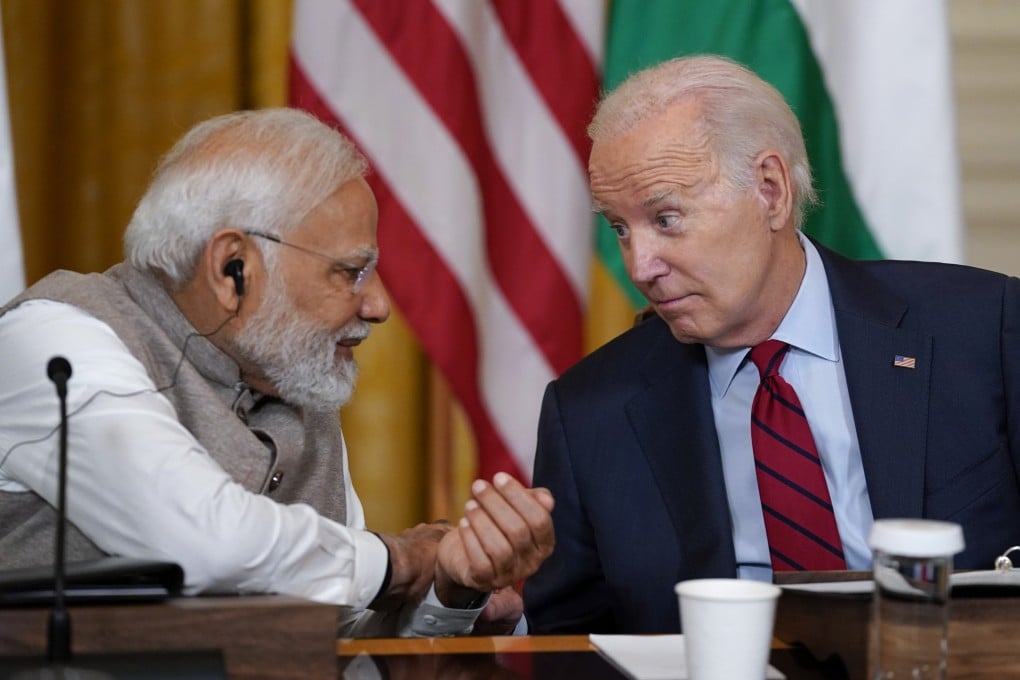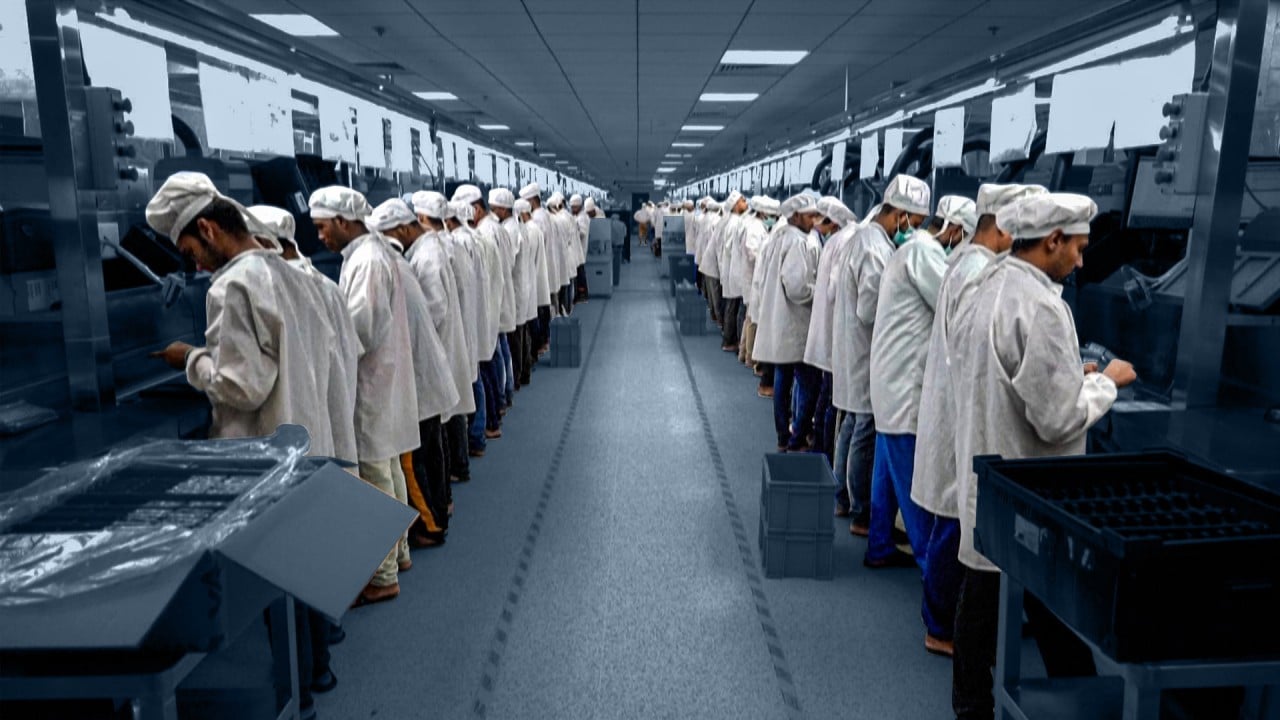Advertisement
Macroscope | US-China tensions offer India a chance to flex its manufacturing muscles
- Rising US-China tensions have made India an option for multinational firms looking to diversify their supply chains, but there is still work to do
- Making India an easier place to do business must include improvements in infrastructure and managing the interaction between the central and state governments
Reading Time:3 minutes
Why you can trust SCMP
9

India is attracting investors’ attention, more so after Indian Prime Minister Narendra Modi’s visit to Washington, where he met US President Joe Biden and addressed a joint session of Congress. Meanwhile, US tech giants, including Amazon and Google, are increasing investment in India.
Recent US-China geopolitical tensions have also made India an option for multinational companies looking to diversify their supply chains. For example, Apple has started to make consumer electronic products in India.
Is this an opportunity for India to enter a period of rapid growth, similar to China’s growth spurt after its accession to the World Trade Organization in 2001? The conditions for such a success story are coming together, but additional development is needed.
The most frequently cited advantage for India is its demographic trend. China’s population is starting to shrink, and the legacy of its one-child policy means it is also rapidly ageing. In contrast, India’s population is still expanding. By 2040, the United Nations projects that China’s median age would reach 48 years, up from last year’s 38.5. In contrast, India’s median age would only rise to 34.6 years from 27.9.
China’s demographic shift and the rise in its educational level mean its historical advantage of cheap, abundant labour is disappearing. In the past decade, many labour-intensive manufacturing jobs have shifted to South and Southeast Asia, including Indonesia, Vietnam and Bangladesh. In China, these factory jobs are being replaced by jobs in the service sector as the country’s consumption shifts from goods to services.
This opens up an opportunity for India to play a larger role in global manufacturing. The rise in Indian consumers’ income could also help develop the local market for multinational companies, making moving production to India even more justifiable.
Advertisement

